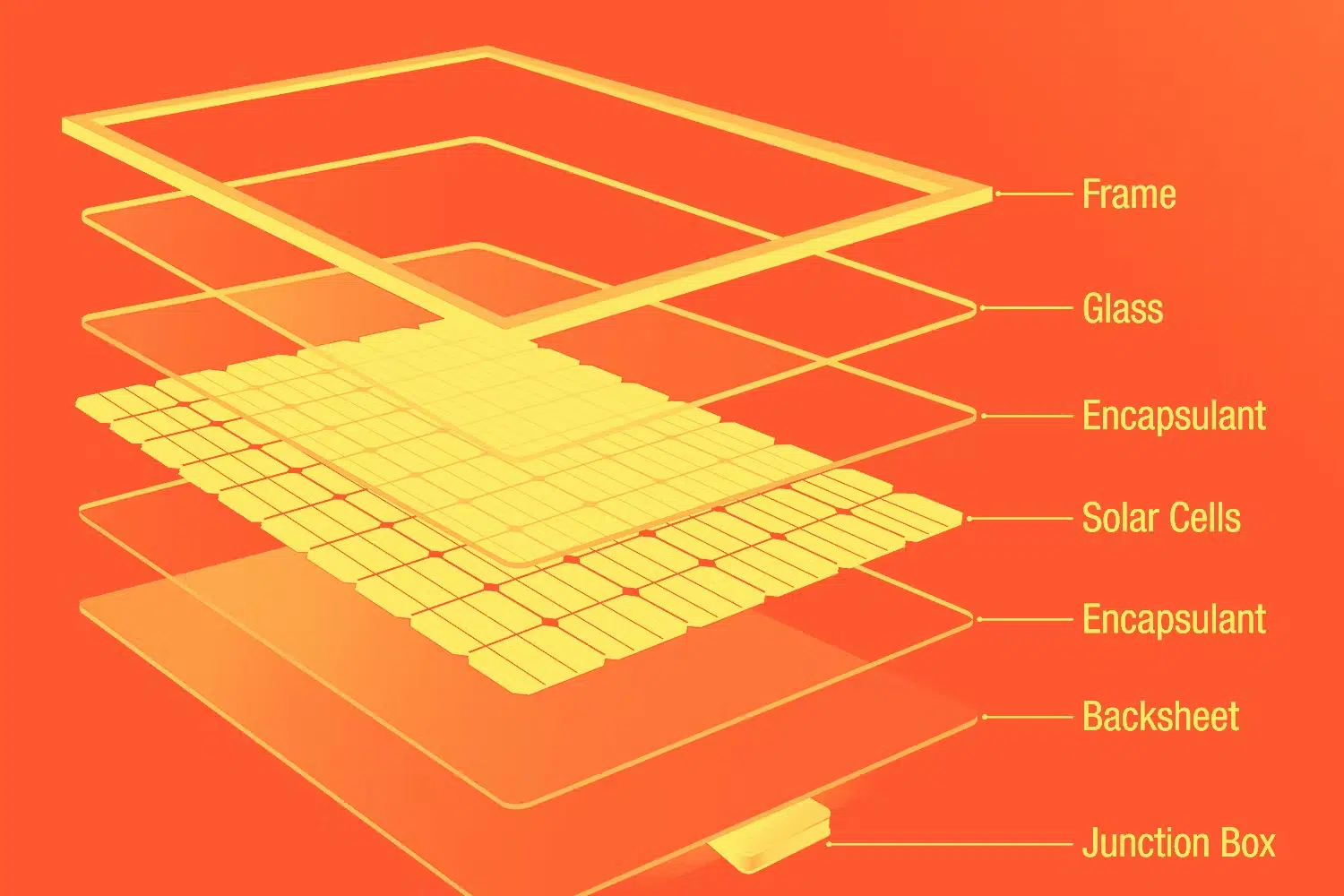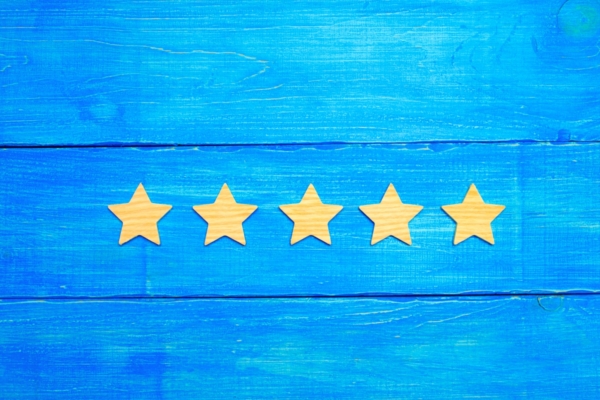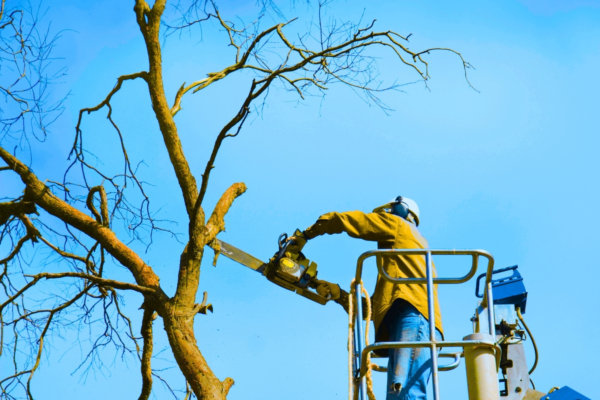
Solar Panels in Texas

Three power grids supply power to Americans. One grid serves the western portion of the country. One grid serves the eastern United States.
The other serves a single state: Texas. The Electric Reliability Council of Texas (ERCOT) operates the electrical grid for most of the state, and after the storm in the winter of 2021, they have been laser-focused on shoring up and improving the aging power grid.
But as more issues with the grid arise, more and more Texans are searching for ERCOT alternatives, including solar. In this article, we’ll cover some of the reasons why Texans might want to consider generating their own power and some things to consider before installation.
Are solar panels worth it in Texas?
For many, solar panels are well worth the investment. While going green and reducing your carbon footprint is an important benefit for many, it is far from the only one to consider.
The following are just a few reasons why homeowners in Texas should think about installing solar panels.
1. Solar panels increase your energy independence.
The winter storm of 2021 and subsequent power shortages have caused many Texans to be hyper-aware of where our electricity comes from.
This June, we were reminded of this once again. Only a few days into the sweltering summer heat, the Electric Reliability Council of Texas (ERCOT) urged citizens to turn up the temperature on their A/Cs, turn off lights, and conserve energy to prevent potential blackouts. With the state generating less power than it did a decade ago, many are worried about capacity.
By installing a solar power system at home, you can increase your energy independence by producing enough power to meet your demand. When others are urged to reduce usage, you’ll know that your home isn’t entirely reliant on the grid.
In the event of a blackout, you can stay plugged in. Today’s high-efficiency solar panels and power storage systems make it possible to power much of your home— even beyond the basics— during outages. The next time the Texas grid faces a disruption, your house will be a beacon with the lights still on.
Ready to tackle your next home improvement project?
Have you heard about our Homeowner Express Loan? Homeowners can get a lower rate on a personal loan for small–or large!–home improvement projects, without tapping into their home equity.
2. You’ll save money on your monthly electric bill.
If reliability issues weren’t enough, Texans are also facing record-breaking electric bill prices this summer. Compared to this time last year, many are paying nearly 50% more each month to power their homes. With rising rates, many are looking for ways to save.
Solar can be a great way to reduce— or even eliminate— your monthly utility bill. If you manage to supply even half of your power with solar each year, you could be looking at hundreds of dollars in savings each year. And, since energy prices can be so volatile, investing in solar now can be a way to hedge against rising prices in the future.
3. You’re in the right place for harnessing the sun’s power.
Solar energy is dependent on the sun shining bright— and that isn’t a problem for residents of Texas. Cities like Austin get upwards of 300 sunny days per year, meaning you’ll have no shortage of light to supply power.
4. You might increase the value of your home.
More and more homebuyers are looking for energy-efficient and environmentally-friendly homes. Even if you plan on moving out a few years down the line, solar can be a worthwhile investment. According to a Zillow analysis, solar panels can boost your home’s value by over 4%— which can translate to over $9,000 for the median-valued home.
An increase in home value isn’t guaranteed, but with the average solar panel lasting between 20 to 30 years, there’s plenty of opportunity to make your money back through energy savings. Remember: solar power is constantly evolving. Because this technology will change significantly in the next few decades, don’t rely on an increase in home value to make up for your initial cost.
Installing Solar Panels in Texas
If you’re ready to install solar panels in your home, there are a few things to keep in mind as you get the ball rolling.
1. Choose the right type of solar panel.
Solar technology has come a long way in the last two decades, giving consumers more choices than ever before.
Beyond traditional solar panels, homeowners can opt for solar shingles, which have the same durability and flexibility of traditional shingles, all while powering your home. Many find that solar shingles are more aesthetically pleasing and cost-effective than traditional panels, making them a popular choice.
Research your options to learn which may be best for you and your home. Local solar installation professionals will also be able to help you make an informed decision based on your location, roof size, and more.
2. Check with your HOA.
Many HOAs have rules about solar panel installation. Check with your neighborhood association to learn about requirements and approvals you might need to get before installation.
3. Make sure your house is suited for it.
The US Department of Energy recommends placing solar panels on a south-facing roof that has a slope of 15° to 40°. It’s best to install solar panels on a roof that is in good shape, to avoid having to uninstall and reinstall when it’s time for a new roof. If your roof needs to be replaced soon anyway, it may be more cost-effective to have both taken care of at the same time.
4. Explore your loan options.
One of the biggest disadvantages of solar panels is the upfront costs to purchase and install the system. Luckily, solar panels can be financed, much like other types of home improvement projects!
From home equity loans to homeowner express loans, there are plenty of great options for financing—with or without equity in your home.
Start Saving with Solar
Ready to feel energy savings without having to break a sweat? Start by researching your solar panel choices and loan options. If you’re looking for energy independence, you’ll be glad you did!

